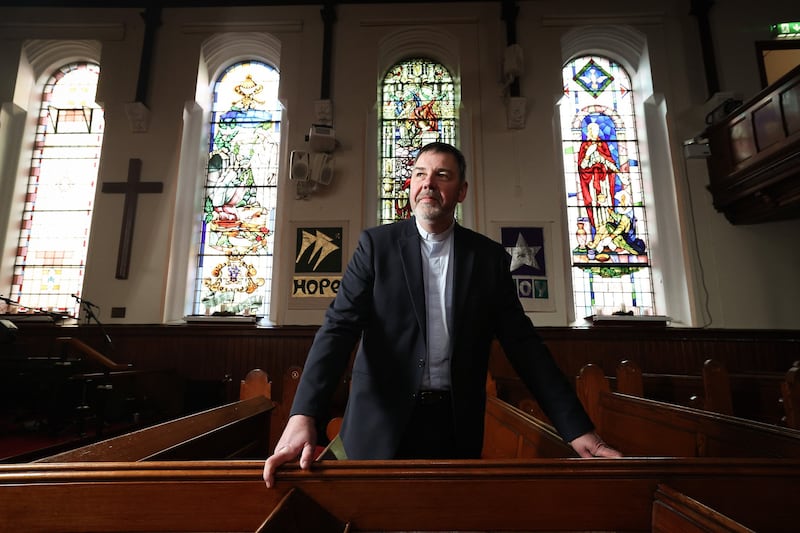At the heart of the Christmas story is hope, but the overwhelming suffering of our world taunts the assertion that this season brings goodwill and blessing.
As year upon year trades one brand of distress for another it’s easy for feelings of hopelessness to contaminate our thinking.
Yet, for followers of Jesus, we believe that hope became flesh and blood in Bethlehem. Hope was personified not in strength and power, but in the humility and anonymity of a baby born to ordinary parents in unglamorous surroundings.
Outwardly, the Jesus of Christmas didn’t look much like hope, which perhaps pointed to the fact that his hope is not the hope of settled circumstances.

Neither is it mere wishful thinking of better times. Eugene Peterson translates Jesus’ words of invitation to those found themselves tired and weary amidst the hopelessness of life as: “I won’t lay anything heavy or ill-fitting on you. Keep company with me and you’ll learn to live freely and lightly.” (Matthew 11:30).
In Jesus, hope has come to be ‘with us’, inviting us to moment by moment keep company with him and learn life which holds on to hope.







